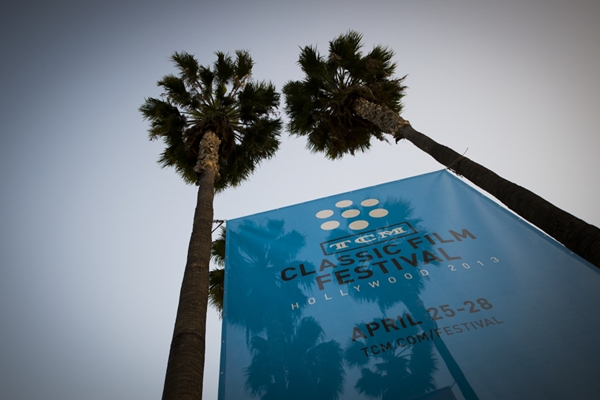 The Great Gatsby/2013/Warner Bros. Pictures/143 min.
The Great Gatsby/2013/Warner Bros. Pictures/143 min.
By Michael Wilmington
Director Baz Luhrmann’s razzle-dazzle, ultra-snazzy movie of novelist F. Scott Fitzgerald’s Jazz Age masterpiece, “The Great Gatsby” – which has been unjustly trashed by a number of critics – is a sometimes sensational movie that may not match the aesthetic brilliance and roaring ’20s allure of the book. (How could it? )
But it gives us plenty to enjoy anyway: a great story, much of Fitzgerald’s matchlessly lyrical narration and memorable dialogue, and a strong cast. Leonardo DiCaprio makes one of the best Gatsbys possible in a part that now seems perfect for him. Tobey Maguire plays Nick Caraway, Carey Mulligan is Daisy Buchanan and Joel Edgerton is her husband Tom.
There’s also a truly spectacular visual realization – by Luhrmann and his wife, Catherine Martin, who is the film’s production and costume designer – set in a dreamy fabrication of 1922 Long Island and Manhattan (actually shot in Luhrmann’s and Martin’s native Australia) that knocks your eyes out again and again.
This is Luhrmann’s (and Martin’s) Gatsby, as much as Fitzgerald’s: a romantic musical Gatsby, a hip-hop Gatsby, a gorgeously over-the-top Gatsby for the new millennium. But Luhrmann so obviously loves and admires the book that it becomes not only a beautiful movie and the best Gatsby film adaptation of the several made so far (1926’s with Warner Baxter, 1949’s with Alan Ladd, and 1974’s with Robert Redford), but, for me, one of the best movies of the year so far. It’s also a picture that deserves far more appreciation than it’s getting from a lot of my colleagues.
“The Great Gatsby” opens today.




























From FNB readers